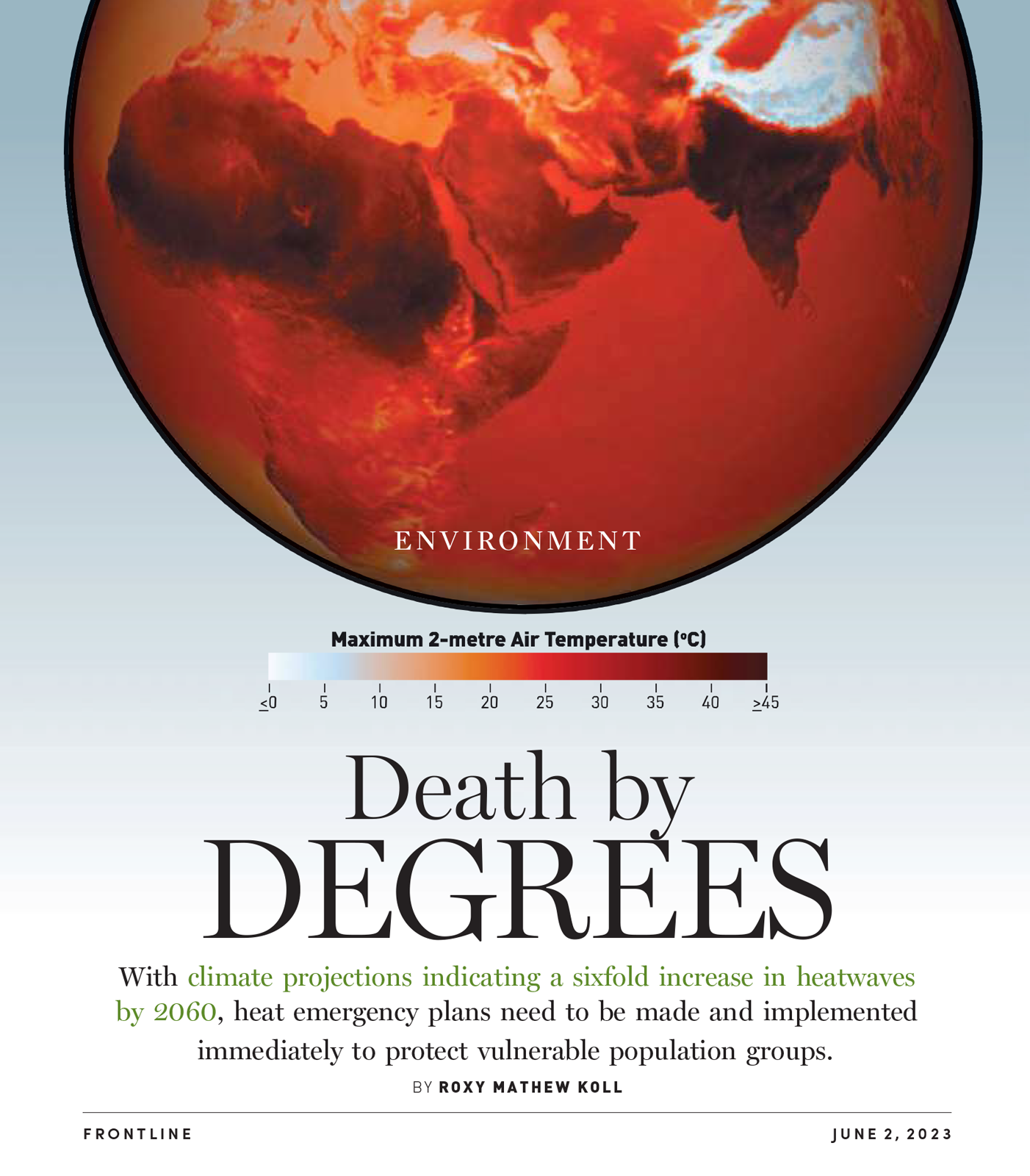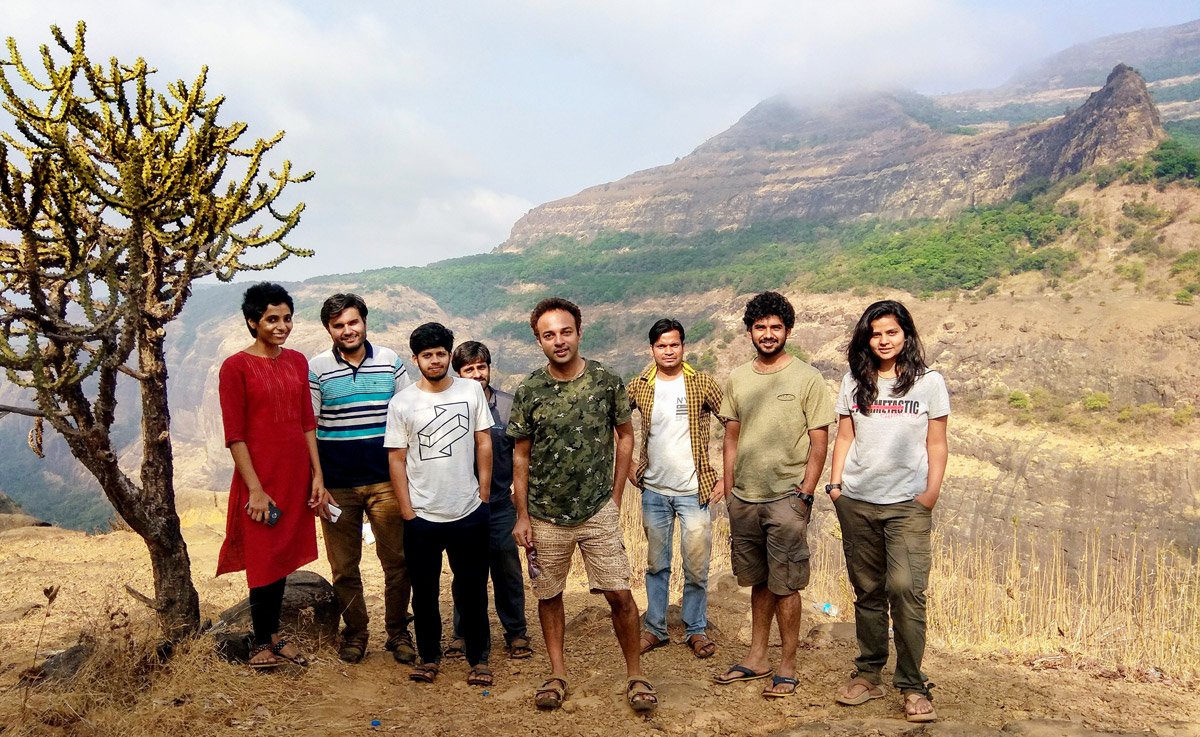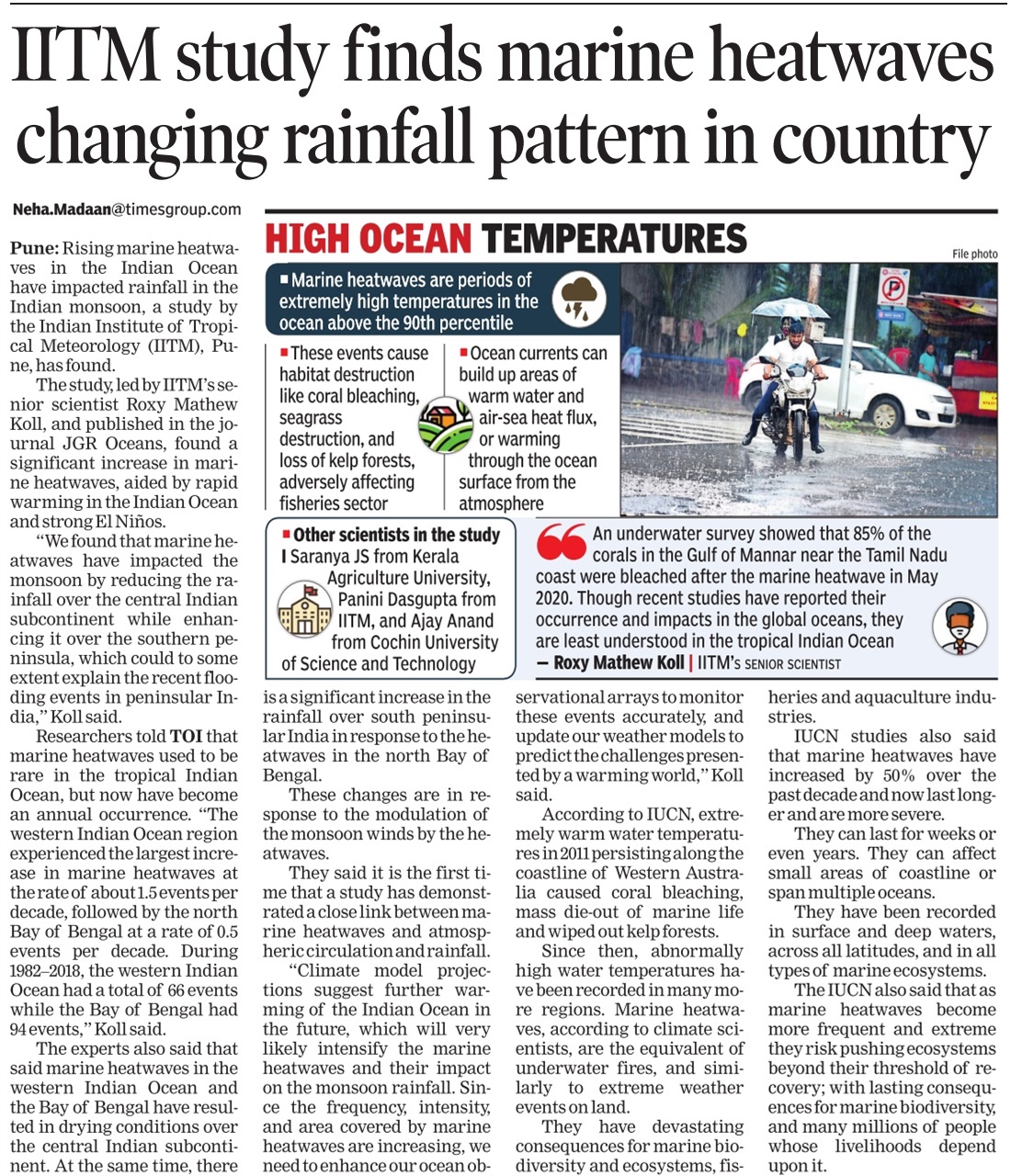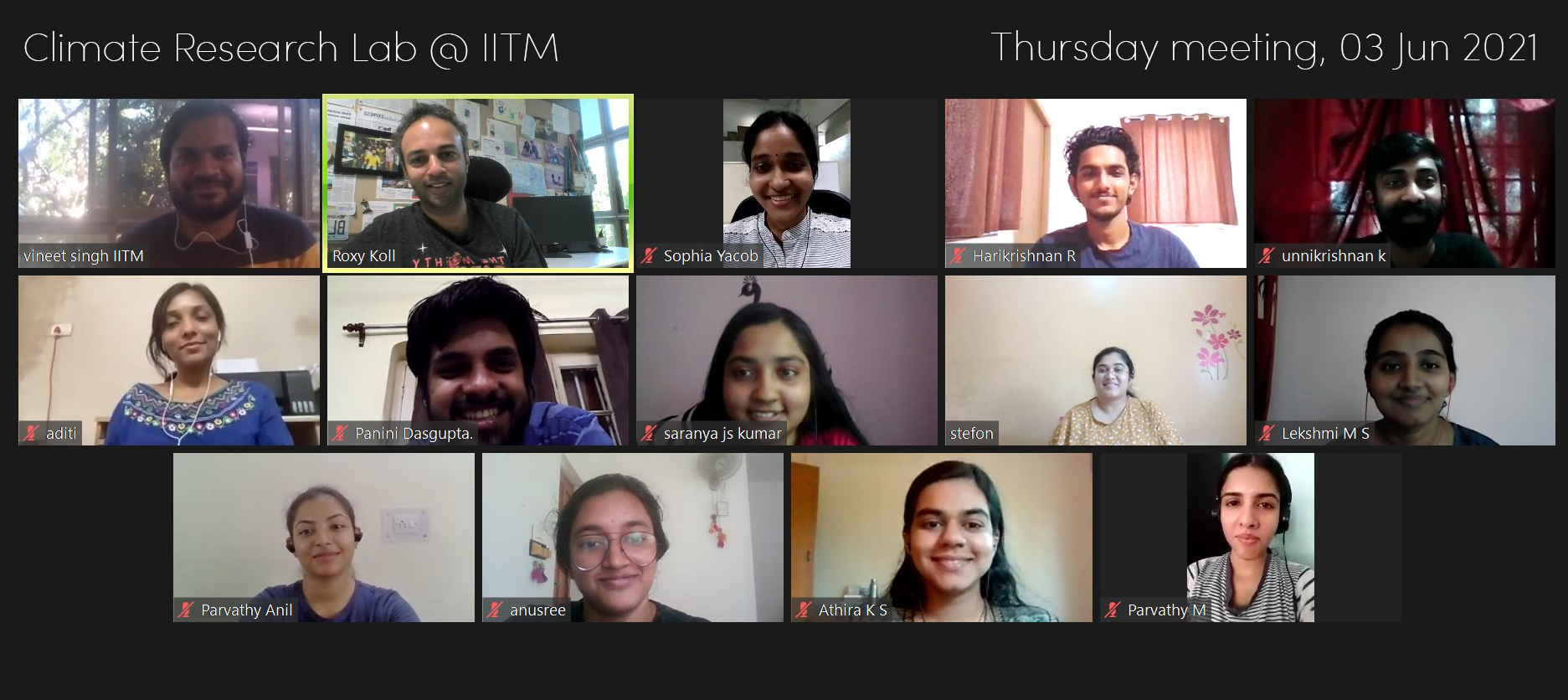Death by Degrees
I have looked at climate change data clinically for most of my scientific career. But when I first looked at this list of people who died a tragic death, my heart sank.
Fourteen people lost their lives to heatstroke on April 16th of this year, during an official government ceremony held on open ground in Kharghar in Navi Mumbai, Maharashtra. Several hundred were hospitalized. Ten out of the fourteen that died were women, all of them mothers, between the age 34–63 years. This was a tragedy that could have been averted with the right precautions in place.
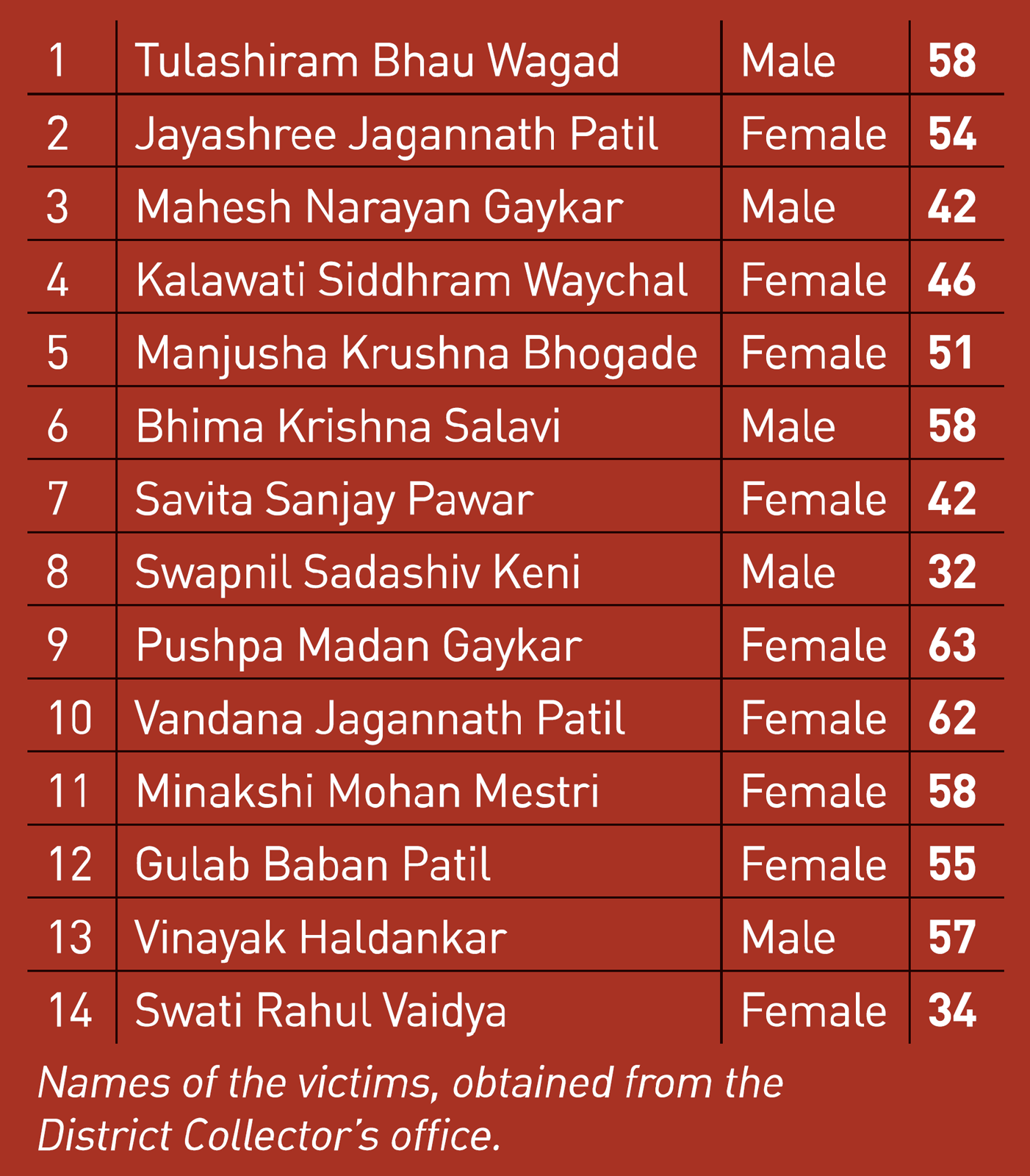
Temperatures have been steadily rising in India. February 2023 was the hottest February on record in the country. Although monthly average temperatures during March and April were above normal, they were not exceptionally high due to scattered thundershowers bringing down the mercury. However, daily maximum temperatures went 2-3 degrees above normal on several days, although these were not classic heatwaves.
On the day of the incident, the closest meteorological observatories recorded a maximum temperature of 34–38 degrees Celsius, along with a relatively high humidity (45%), exacerbating the impact of the heat. People are advised to stay indoors during such peak heat hours. When the air has high levels of humidity along with the heat, the body fails to regulate its internal temperature via sweating as it does not evaporate fast enough. This can result in a heat stroke, leading to multiple organ failure and deaths.
However, the fatalities were not solely caused by the heat or humidity. Hazards like heatwaves become lethal disasters when the most vulnerable of the population are exposed to the humid heat for prolonged periods. In this case, those who lost their lives were mostly mid-to-old-aged women at a vulnerable state, who were exposed to the peak heat for several hours. They left their homes at dawn, traveled two-to-four hours in the heat, and then sat down in a heavily packed ground for several hours under the glaring sun. They did not have access to water or toilet. They could not even talk. Though heat is blamed, it is the lack of basic precautions that left them to die.
How do heatwaves occur?
Heatwaves occur when dry and hot air sinks from the upper atmosphere and pushes down towards the surface of the Earth. As it descends, the air gets compressed and becomes even hotter, creating a stifling dome of heat. This makes it hard for clouds to form, which means that the sun’s heat can directly reach the ground, making the region even hotter. This is why heatwaves often occur on clear, sunny days. This is a typical condition in the Indian subcontinent during April-May. Now we have additional heat accumulating due to climate change, resulting in more intense heatwaves.
The arid northwest Indo-Pakistan region, which is home to about 760 million people, is particularly vulnerable to record-breaking heatwaves. During April-May, temperatures frequently exceed 40°C, sometimes leading to scorching heatwaves. These events have become more intense, longer-lasting, and more widespread in recent years. These heatwaves can be lethal, especially for the elderly and those with preexisting health conditions.
Geographically, the heatwave zone lies diagonally across the Indo-Pak region. In India, the states of Punjab, Himachal Pradesh, Uttarakhand, Delhi, Haryana, Rajasthan, Uttar Pradesh, Gujarat, Madhya Pradesh, Maharashtra, Chhattisgarh, Bihar, Jharkhand, West Bengal, Odisha, Andhra Pradesh and Telangana lies in the heatwave zone. Between 1971 and 2019, heatwaves claimed about 17,362 lives in India — that is about 350 per year on an average.
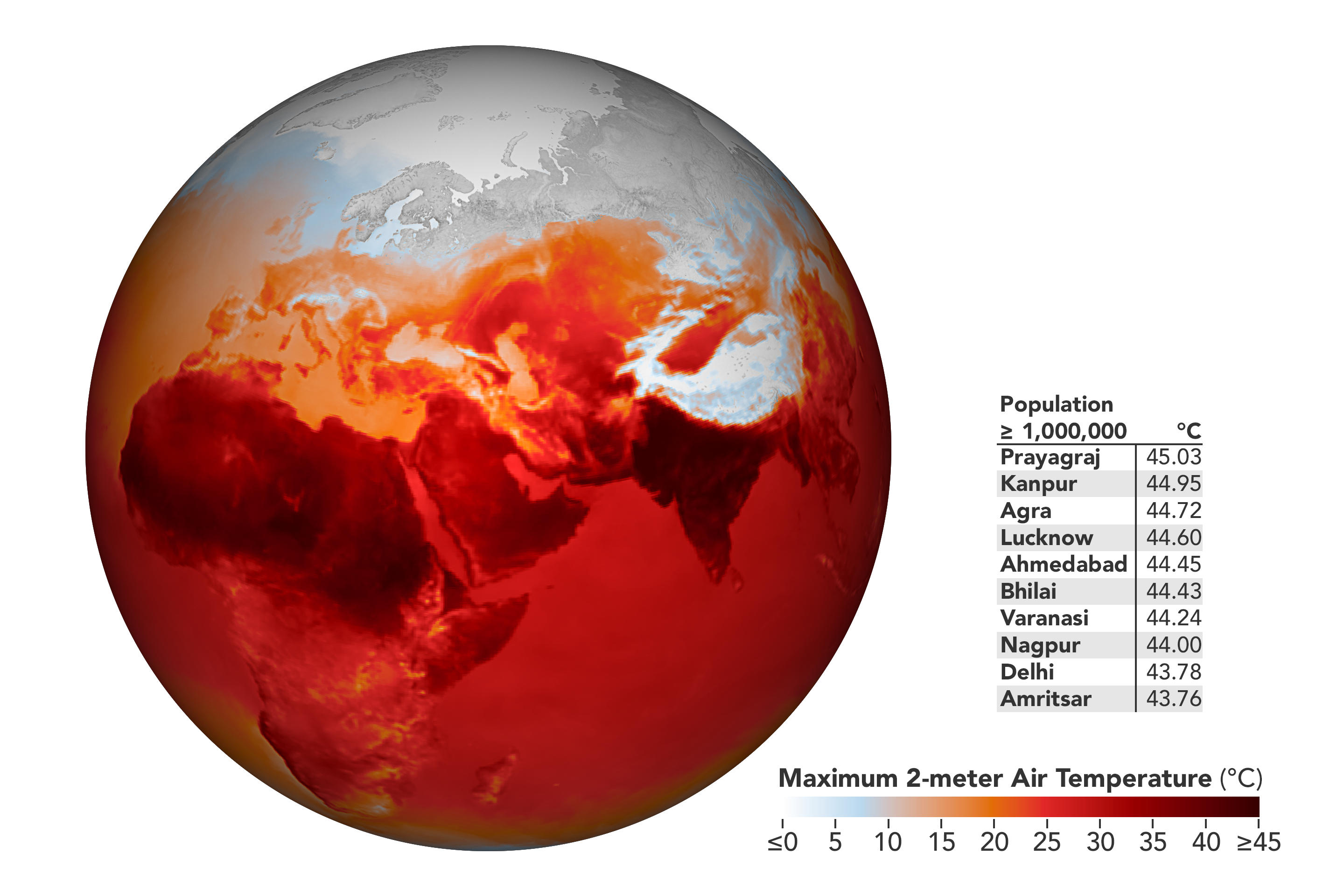
How is climate change exacerbating heatwaves?
The increase in these heat extremes is in response to the 1 degree Celsius rise in global mean temperatures, due to historical carbon emissions. All these events are projected to intensify further since the commitments from global nations (historical emitters US, Europe, Russia, etc. and currently China, India, etc.) are insufficient to keep the temperature rise from hitting 1.5 degree Celsius between 2020–2040 and 2 degrees Celsius between 2040–2060. That is not somewhere far in the future. That is not just our children or grandchildren. Most of us living now will face doubling of the global temperatures in a few decades. While we are reeling under the impacts of that 1 degree Celsius, the grave impacts of doubling that is difficult to visualize.
Heatwaves are projected to become more frequent and intense in the future, posing a threat to the growing vulnerable population in the region. In fact, future climate projections indicate an increase up to six-fold by year 2060. The region’s largely vulnerable population is expected to reach 1 billion by 2050, further raising concerns about the impact of future heatwaves.
Cities are turning into urban heat islands
Cities turn into urban heat islands when buildings, roads, and other infrastructure absorb and re-emit heat, causing cities to be several degrees hotter than surrounding rural areas. During the day, the sun’s rays reach as shortwave radiation and heats the Earth’s surface. At night, the heat escapes as longwave radiation. While shortwave radiation can easily penetrate through and reach the surface, the longwave gets trapped easily by concrete and clouds.
The high-rise buildings and concrete setup in the cities do not let the excess heat to escape during the night. As the temperatures do not cool down, the heatwave continues into the night. Open green spaces and natural environment with trees can help release the heat faster during the night. However, in India, we do not appreciate natural space as much as we appreciate skyscrapers. Add some haphazard city planning, poor architecture and unsustainable construction to it, the recipe for an urban heat island is complete.
Have a look at the night-time temperatures at Delhi and surroundings in the month of May. The difference is stark and stunning—up to 20 degrees Celsius between the city and rural areas. Climate change is aggravating the heat everywhere but the urban heat islands that trap this heat is our own construction.
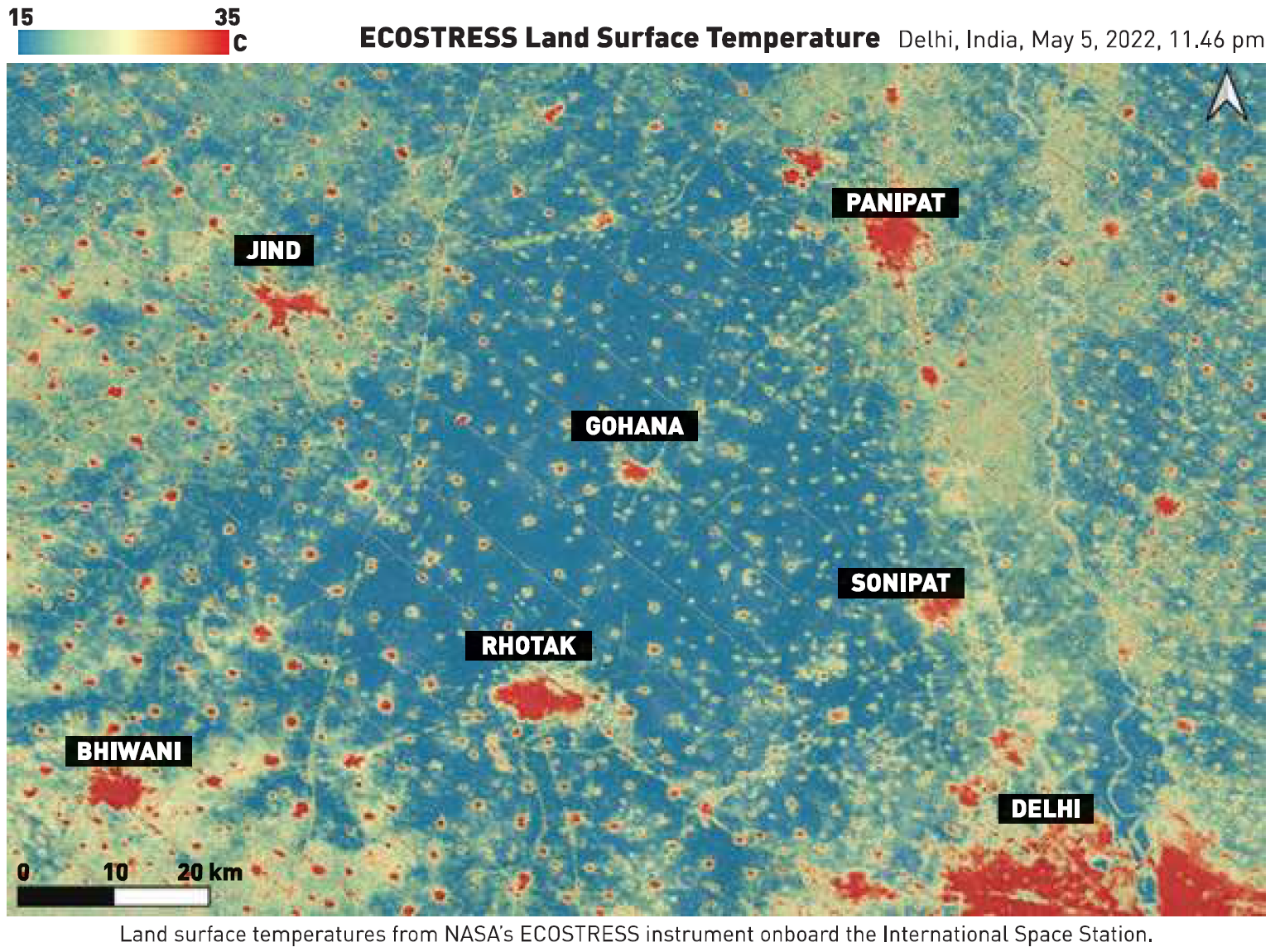
Heatwaves, dryness, fires, and pollution altogether
The heatwaves in the year 2022 were record breaking. While the maximum temperatures touched 50 degrees Celsius in India, it went beyond 51 degrees in Pakistan. This was a season-long heatwave spanning from March to May. The impact was aggravated due to the fact that the season did not see the any thundershowers to bring the temperatures down. The north-northwest states of India saw a rainfall deficit of 70–90%, and this was not expected.
A combination of heatwave and dry-drought conditions can be deadly, leading to impacts such as widespread fires, crop loss, and water scarcity. The conditions impacted wheat grain size and production. India is the second largest exporter of wheat, but had to curtail wheat exports in May 2022 to ensure national food security. The particular dry and stagnant atmospheric conditions also lead to raised pollution levels as the particles from widespread fires and stubble burning remain in the air. We see more of this kind of overlapping extreme weather conditions—known as compound extreme events—in response to changing climate and land use changes.
High temperatures and less water results in more air conditioners for cooling and groundwater pumping for irrigation, leading to electricity demand and more emissions. This is a vicious cycle, where the demand for cooling leads to more heating of the planet. Basically, the impacts of such heatwaves are on the food, water and energy sectors, and derails us from the mitigation and adaptation strategy that we are currently on.
Forecasts and Heat Action Plans to help
The India Meteorological Department (IMD) provides heatwave warnings on a 6-hourly basis, for the next five days. These forecasts go to all cities and districts of India, where the local governments prepare a yellow (watch), orange (be prepared) or red (take action) alert based on the severity of the heatwave. The forecasts meant for the next two days have an accuracy of 80–90%, which means that they are reliable. There are heatwave outlooks for the next two weeks and for the season, that can help in advance planning.
These forecasts are available in the public domain, and the media often disseminates this information in national and regional newspapers. If your regional media outlet does not do that, call them up. IMD has a FAQ document on heatwaves that has detailed information regarding heatwave forecasts, and is available on their website.
After the fatal heat waves in 2010, the Ahmedabad Municipal Corporation developed a Heat Action Plan for the city in coordination with the meteorological forecasts. The community outreach, health alerts, training of healthcare professionals, and efforts specifically targeted at vulnerable groups have helped reduce the impacts of heat stress on the local population. Drawing lessons from Ahmedabad’s Heat Action Plan, several cities and states across the country have initiated their own action plans with the help of disaster management agencies and the health departments. If you are a city or panchayat without a heat action plan, what’s stopping you?
There is no running away from heat
I live in Pune where the temperatures are generally mild, but during the month of May last year, the heat reached Pune as well, with temperatures touching 40 degrees Celsius. This was also the time after COVID, the schools had just started, and the kids were eagerly pushed to school. The unfortunate part was that kids returned at a time when the temperatures were at their peak and hence were exposed to the extreme hot air. By the time my kids reached back, they were almost in a heat-struck situation. We approached the school with the forecasts, and they cut down the school hours to save the children.
Though it was mild this year, Pune saw a few weeks of early heat in April. Since there was no policy in place, and since the school management had changed, no precautions were taken. We had to repeat the same sequence of events, with the school cutting down the hours close to the summer vacation.
While forecast based heat action plans are good, they are not sufficient. We need policies considering the fact that heatwaves are here to stay and intensify. We have sufficient data to identify the regions where the heatwaves are increasing and we need to have policies in all those places. We need to redesign our cities to have open spaces and trees that help in releasing the excess heat quickly and also act as hubs for shade and cooling down. Integrating a heat emergency plan into the education system and workplace policies can equip individuals to handle heat emergencies and protect their health and wellbeing. India needs a long-term vision where we have policies that help us in managing our work hours, public infrastructure, schools, hospitals, workplaces, houses, transportation, and agriculture for heatwaves to come.
Back in Maharashtra, the administration and political parties are taking precautions for upcoming open-air events, likely in response to the Kharghar incident. They are arranging water bottles, mobile toilets, and on-site doctors to attend to emergencies. If we had taken these precautions beforehand, we would not have lost those fourteen lives.
Originally published in Frontline Magazine [PDF]
Suggested Citation:
Roxy M. K., 2023, “Death by Degrees”, Frontline, 2 June 2023, p76-81.
